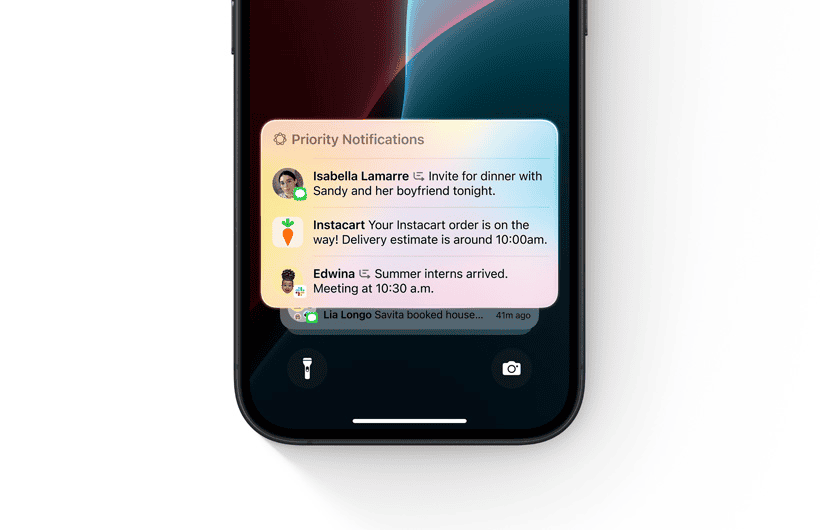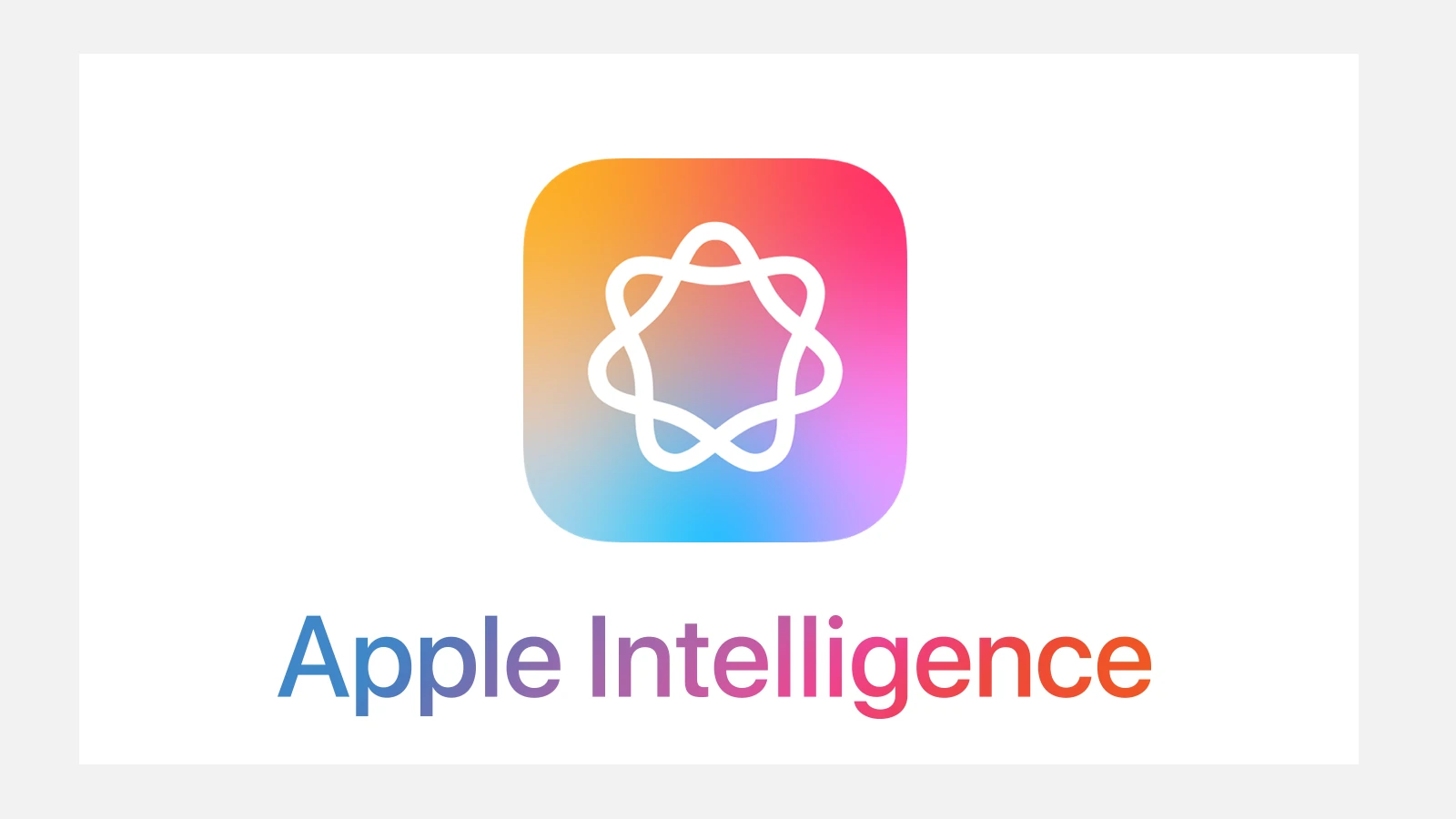Apple’s latest iPhone 16 has seen a surge in sales in markets where Apple Intelligence is available. This new AI-driven feature set appears to be driving consumer interest and adoption. Apple CEO Tim Cook reported that iPhone 16 sales are outperforming last year’s model in countries where Apple Intelligence has launched, despite overall iPhone sales falling below expectations.
The performance gap between markets with and without Apple Intelligence highlights the feature’s impact on consumer buying decisions. This trend suggests that AI capabilities are becoming a key differentiator in the smartphone market. Apple’s strategy of rolling out AI features in select markets first may be paying off, as it creates a unique selling point for the iPhone 16.
While specific sales figures haven’t been disclosed, the positive performance in AI-enabled markets is encouraging for Apple. It indicates that the company’s investments in artificial intelligence are resonating with consumers. As Apple continues to expand the availability of its AI features, it may see further boosts in iPhone sales across more global markets.
The Impact of Apple Intelligence on iPhone 16 Sales

User-Centric AI Drives Demand
Apple’s strategy with Apple Intelligence focuses on practical, everyday improvements. Instead of flashy demos, they’ve integrated AI into core features. Think smarter Siri, better photo editing, and more personalized recommendations. This approach resonates with users. Early data suggests Apple Intelligence is a key factor in iPhone 16 sales success. In markets where the feature is available, sales figures are notably higher. This contrasts with some competitors who have focused on highly visible, but sometimes less practical, AI features.
A Gradual Rollout
Apple is taking a measured approach. They are rolling out Apple Intelligence gradually. This allows them to gather user feedback and refine the technology. This controlled expansion, combined with Apple’s strong brand loyalty, could give them a significant advantage. It also helps manage expectations and avoid the pitfalls of over-promising and under-delivering.
Comparing AI Approaches
The table below highlights the different approaches to AI taken by major tech companies:
| Company | AI Focus | Strengths | Potential Weaknesses |
|---|---|---|---|
| Apple | User-centric, integrated features | Practical improvements, seamless experience | Slower rollout, potential for less “wow” factor |
| Broad AI capabilities, search integration | Powerful technology, vast data resources | Privacy concerns, potential for feature overload | |
| Samsung | Device-specific AI, camera enhancements | Improved hardware features, focus on imaging | Limited ecosystem, potential for fragmented experience |
| Microsoft | Copilot integration, productivity tools | Enhanced workflow, strong enterprise focus | Dependence on software ecosystem, learning curve |

The iPhone 16 Advantage
Apple Intelligence gives the iPhone 16 a competitive edge. In a crowded smartphone market, it offers a tangible reason to upgrade. While other companies are pushing AI, Apple’s focus on user experience seems to be paying off. This is evident in the sales numbers from regions where the AI features have been launched.
Looking Ahead: The Future of AI on Smartphones
The success of Apple’s approach could influence the future of AI on smartphones. It suggests that users value practical, integrated AI over flashy, standalone features. As AI becomes more prevalent, the focus will likely shift to how it enhances daily life. Companies that prioritize user experience and seamless integration will be best positioned for success.
Apple’s approach to AI development and rollout is likely to be a model for other companies. We can expect to see more user-centric AI features in future smartphones, with a focus on enhancing existing functionalities rather than introducing entirely new, and sometimes gimmicky, capabilities. This trend will likely accelerate the adoption of AI in everyday life, making smartphones even more indispensable tools.

Key Takeaways
- iPhone 16 sales are stronger in markets where Apple Intelligence is available
- AI features are becoming a significant factor in smartphone purchase decisions
- Apple’s targeted rollout of AI capabilities may drive future sales growth
Comprehensive Analysis of iPhone 16’s Market Performance
The iPhone 16 has shown strong sales performance in key markets, with Apple Intelligence playing a significant role. Consumer preferences lean towards premium models, while technological advancements and AI integration continue to shape the smartphone landscape.
Implications of Apple Intelligence on Sales
Apple Intelligence has boosted iPhone 16 sales in markets where it’s available. The AI-powered features have attracted consumers looking for advanced functionality. Markets with Apple Intelligence access have seen higher iPhone 16 adoption rates compared to those without.
Tim Cook noted the positive impact on sales during a recent analyst call. The AI integration has set the iPhone 16 apart from competitors, offering unique capabilities in translation, photo editing, and voice assistance.
Early data suggests a correlation between Apple Intelligence availability and increased market share. This trend highlights the growing importance of AI in consumer electronics.
Comparative Overview of iPhone 16 and iPhone 15
The iPhone 16 series has outperformed its predecessor in several key markets. Bloomberg reports that Counterpoint Research data shows stronger initial sales for the iPhone 16 compared to the iPhone 15.
Premium models continue to dominate consumer preferences:
- iPhone 16 Pro Max: 21% market share
- iPhone 16 Pro: 17% market share
- Base iPhone 16: 16% market share
- iPhone 16 Plus: 7% market share
This distribution indicates a continued trend of consumers opting for higher-end devices. The improved performance of the iPhone 16 series suggests that Apple’s strategy of incremental upgrades and AI integration is resonating with buyers.
Executive Insights From Apple CEO Tim Cook
Tim Cook has provided valuable insights into the iPhone 16’s performance. He emphasized the positive impact of Apple Intelligence on sales during the company’s latest financial report.
Key points from Cook’s statements:
- Markets with Apple Intelligence showed stronger iPhone sales
- AI features are driving consumer interest and adoption
- Early stages of AI integration show promising results
Cook’s comments suggest that Apple sees AI as a crucial differentiator in the smartphone market. The company’s focus on developing and implementing AI technologies aligns with broader industry trends.
Apple’s financial results exceeded analyst expectations, with iPhone 16 sales contributing significantly to this success.
Technological Advancements and AI Integration
The iPhone 16 represents a significant step in AI integration for Apple’s smartphone line. The device is designed to support advanced AI features, laying the groundwork for future innovations.
Key AI advancements in the iPhone 16:
- Enhanced Siri capabilities
- Improved natural language processing
- On-device machine learning for better privacy
iOS 18.1 introduced new generative AI features, expanding the iPhone 16’s capabilities. These include more sophisticated photo editing tools and advanced language translation options.
The AI features position the iPhone 16 as a direct competitor to AI-focused devices from Samsung and Google. Apple’s approach emphasizes on-device processing, addressing privacy concerns associated with cloud-based AI solutions.
Consumer Electronics Market Analysis
The smartphone market remains competitive, with AI emerging as a key battleground. Apple’s strong iPhone 16 sales indicate that consumers value AI integration in their devices.
Market trends:
- Growing demand for AI-powered features
- Increased focus on privacy and on-device processing
- Continued preference for premium smartphone models
The iPhone 16’s performance suggests that Apple is well-positioned in this evolving landscape. However, competition from Samsung and Google in AI innovation remains fierce.
Apple’s ecosystem approach, integrating AI across iPhone, Apple Watch, and AirPods, may provide a competitive edge. This strategy could lead to increased customer loyalty and higher adoption rates for Apple’s AI features.
Frequently Asked Questions
Apple Intelligence has significantly impacted iPhone 16 sales in various markets. The new AI features have sparked consumer interest and driven adoption rates in key regions.
How has the iPhone 16’s AI improvements influenced sales figures?
Apple Intelligence has boosted iPhone 16 sales in countries where it’s available. Tim Cook reported that sales are outperforming the prior year in these markets. The AI features have created a competitive edge for Apple in the smartphone industry.
In which countries are iPhone 16 sales performing above expectations?
iPhone 16 sales are exceeding expectations in markets where Apple Intelligence has launched. The specific countries have not been disclosed. China has not yet seen the rollout of these AI features.
What strategies has Apple implemented to boost iPhone 16 sales?
Apple has focused on AI integration as a key strategy. The company introduced Apple Intelligence features to iPhone 16 and iPhone 15 Pro models. These include new writing tools and voice recording capabilities.
How do iPhone 16 sales compare to previous models at this stage after launch?
While overall iPhone sales were below expectations last quarter, iPhone 16 is showing stronger performance. In markets with Apple Intelligence, sales are outpacing the previous year’s figures for the same period after launch.
What is the consumer response to the new features of the iPhone 16 in the global market?
Consumer response to iPhone 16’s new features varies by region. Markets with access to Apple Intelligence show increased interest and sales. The global response is still developing as features roll out to more countries.
Can you provide an analysis of iPhone 16’s market performance by region?
iPhone 16 performance differs across regions. Areas with Apple Intelligence show stronger sales. China, a key market, hasn’t received these features yet. Detailed regional breakdowns are not publicly available.







